Hangul 도깨비 McCune–Reischauer Tokkaepi | Revised Romanization Dokkaebi | |
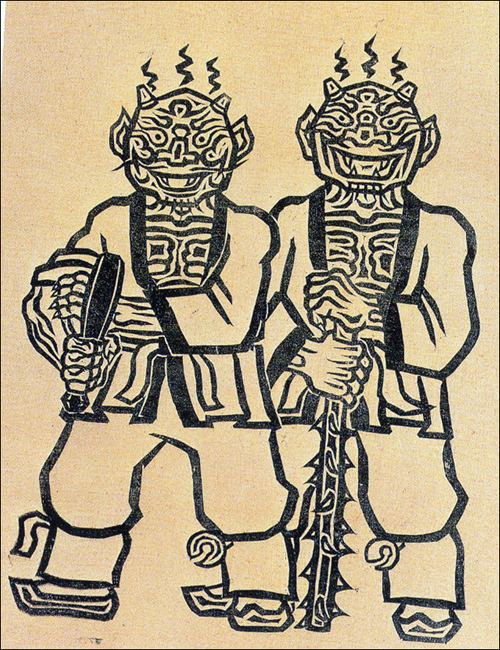 | ||
Dokkaebi kim shin gong yoo colored pencil drawing drawholic
Dokkaebi (Korean: 도깨비) are legendary creatures from Korean mythology and folklore. Dokkaebi, also known as Korean goblins, possess extraordinary powers and abilities that are used to interact with humans, at times playing tricks on them and at times helping them.
Contents
- Dokkaebi kim shin gong yoo colored pencil drawing drawholic
- ost part 1 chanyeol punch stay with me mv
- Origins
- Characteristics
- Rituals
- Legends
- Kinds
- In popular culture
- References
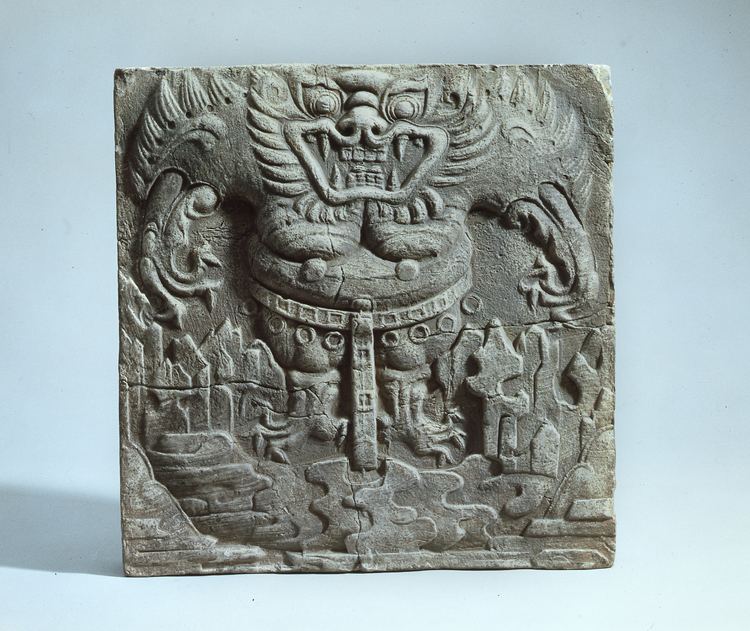
ost part 1 chanyeol punch stay with me mv
Origins
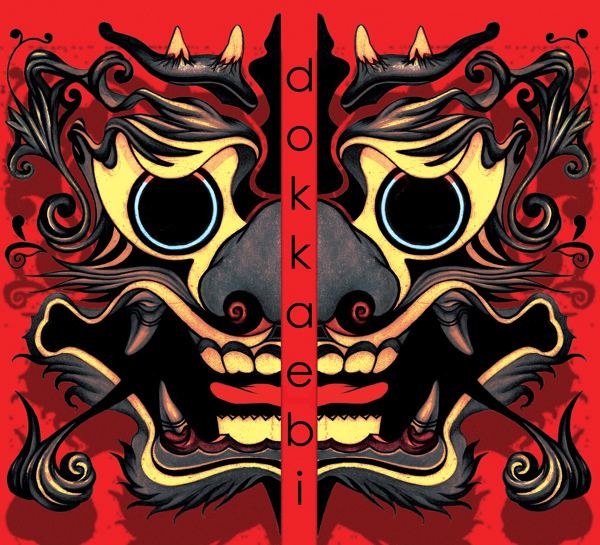
The earliest known documentation of dokkaebi is in the Silla-era tale of "Lady Dohwa and Bachelor Bihyeong" from the Memorabilia of the Three Kingdoms compiled during the Goryeo period. Dokkaebi are featured in many folk tale anthologies compiled during the Joseon period.
Characteristics
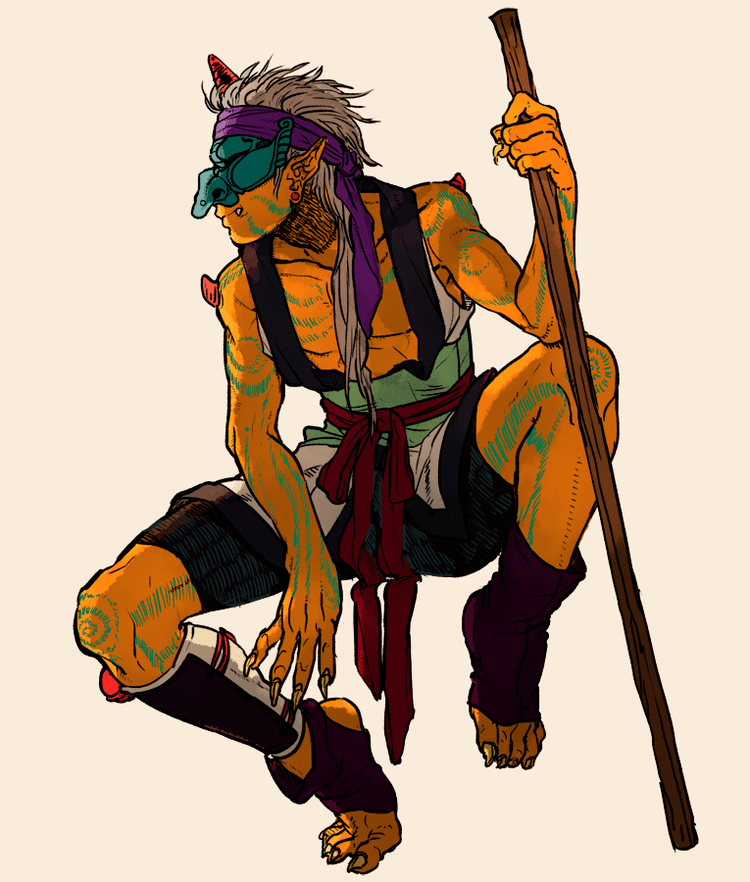
Dokkaebi are different from gwisin (Korean: 귀신; ghosts) in that they are not formed by the death of a human being, but rather by the spiritual possession of an inanimate object such as old discarded household tools like brooms, or objects stained with human blood.
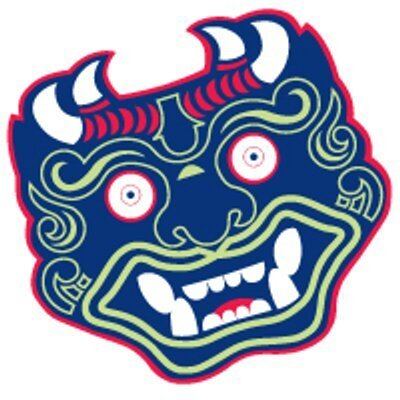
The physical appearance of the dokkaebi is presented in many different ways and has varied by different time periods, but they have always been depicted as fearsome and awe-inspiring. The most common depiction of them is based on ancient roof tiles with dokkaebi patterns.
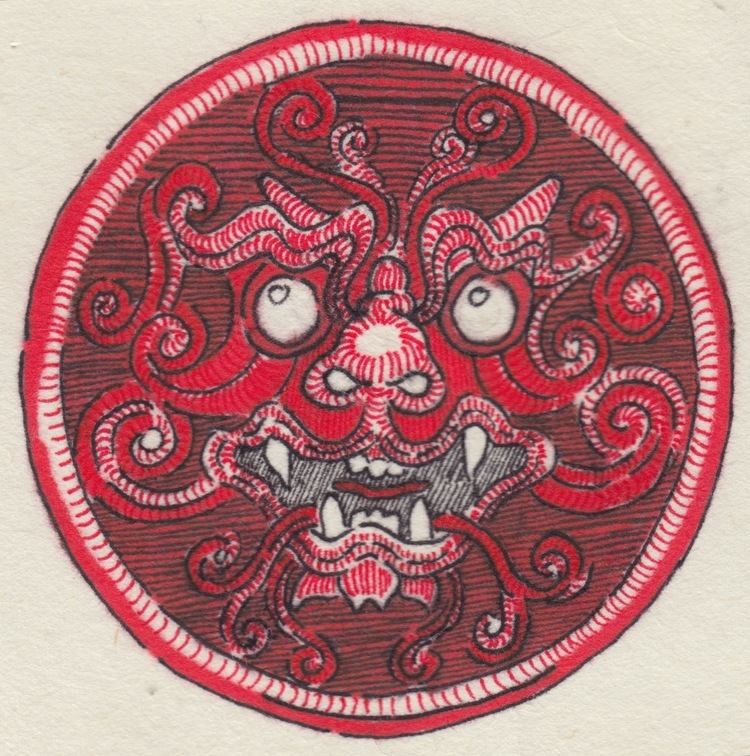
Different versions of the dokkaebi mythology assign different attributes to them. In some cases they are considered harmless but nevertheless mischievous, usually playing pranks on people or challenging wayward travelers to a ssireum (Korean wrestling) match for the right to pass. Dokkaebi are extremely skilled at wrestling and cannot be beaten unless their right side is exploited. In other tales, dokkaebi only have one leg, so one should hook their leg and push them to win.
Dokkaebi fire is a glimmering light or tall blue flames that herald the appearance of dokkaebi.
Dokkaebi possess magical items such as the dokkaebi hat called the dokkaebi gamtu (도깨비 감투), which grants the wearer the ability of invisibility, and the dokkaebi magic club called the dokkaebi bangmangi (도깨비 방망이), which can summon things like a magic wand.
Rituals
Dokkaebi have immense supernatural powers, can bring good harvests, big catches and great fortunes to humans, and are defenders against evil spirits. Rituals are held to appeal to dokkaebi to bring benefit to humans. Some communities hold rituals to chase away dokkaebi, who are thought to be the causes of fires and contagious diseases.
Legends
Most Korean legends have Dokkaebi in the stories. They are about Dokkaebi playing pranks on mortals or punishing them because of their evil deeds. One of them is about an old man who lived alone in a mountain when a Dokkaebi visited his house. With surprise, the kind old man gave the Dokkaebi an alcoholic beverage and they become friends. The Dokkaebi visited the old man often and they had long conversations together, but one day, the man took a walk by himself in the woods near the river and discovered that his reflection looked like the Dokkaebi. With fear, he realized that he was gradually becoming that creature. The man made a plan to prevent himself from becoming a Dokkaebi and invited the creature to his house. He asked, "What are you most afraid of?" and the Dokkaebi answered, "I'm afraid of blood. What are you afraid of?" The man pretended to be frightened and said, "I'm afraid of money. That's why I live in the mountains by myself." The next day, the old man killed a cow and poured its blood all over his house. The Dokkaebi, with shock and great anger, ran away and said, "I'll be back with your greatest fear!" The next day, the Dokkaebi brought bags of money and threw it to the old man. After that, Dokkaebi never came back and the old man became the richest person in the town.
Kinds
Although Dokkaebis does not have actual form, some people divide them into types. These are common ones.
